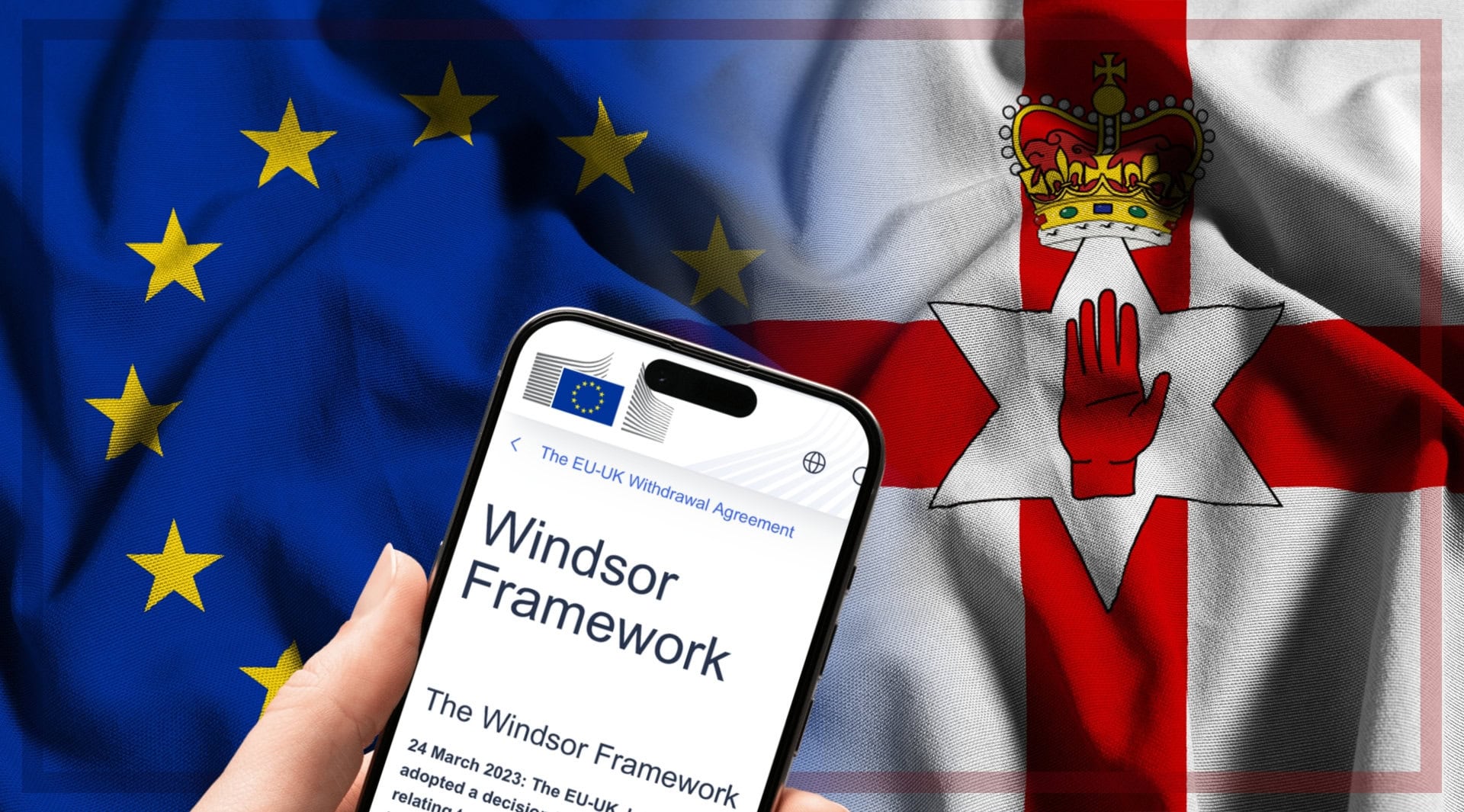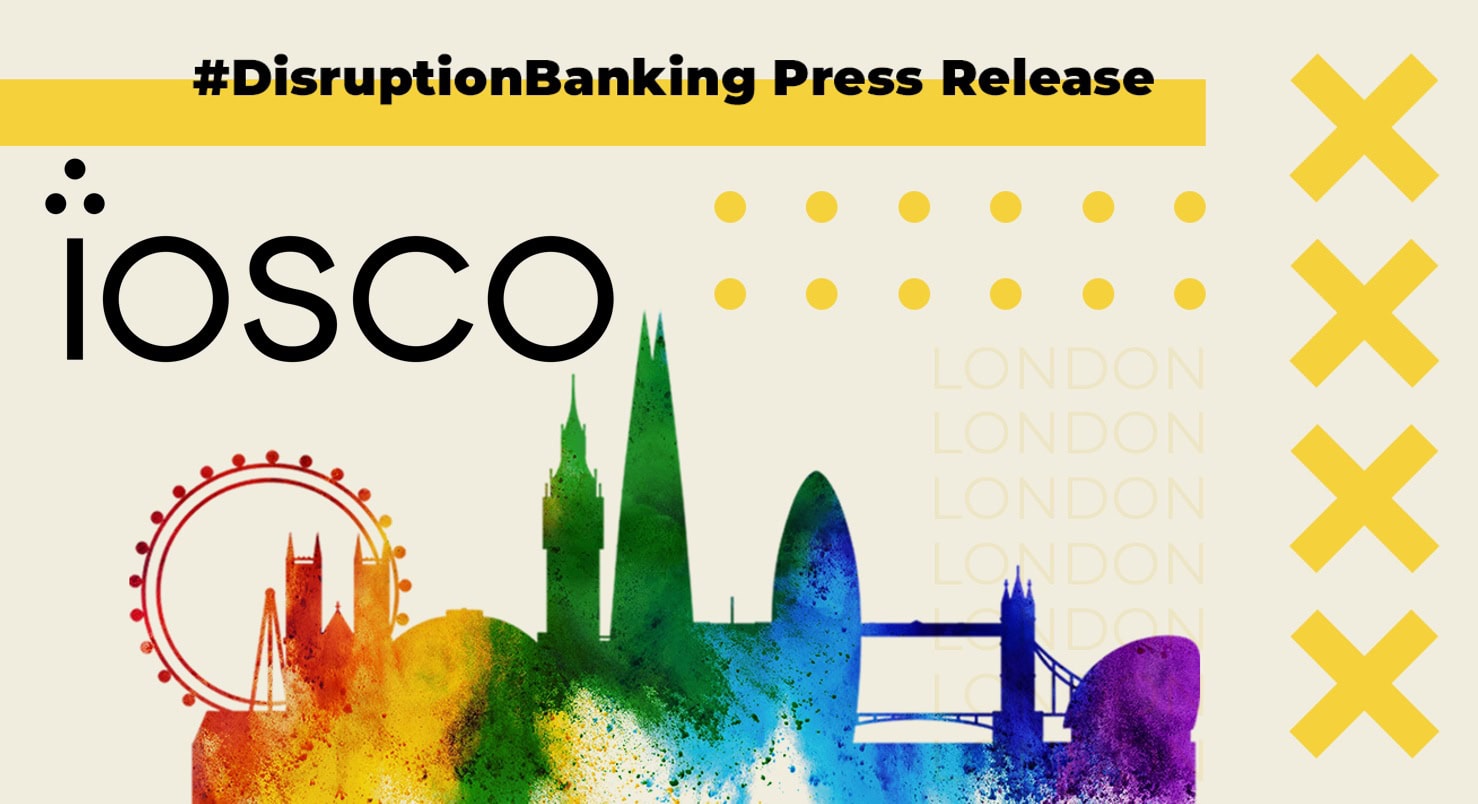In January 2021, the Northern Ireland Protocol was made effective as an amendment to the EU-UK Withdrawal Agreement. The primary intention of the Protocol was to safeguard the Good Friday Agreement, but it also addressed how the three parties could maintain a trading relationship without the resurgence of a hard border. Since then, we’ve seen pushbacks, amendments, countless committee meetings, and questions from all sides surrounding its efficacy. But four years on, has the Northern Ireland Protocol been a success?
The bottom line is that Northern Ireland’s (or NI for short) trade has been an anomaly in the UK since 2020. Upholding the EU’s free movement of goods and the rules of the EU Customs Union, NI’s trade is currently more aligned with the EU than with Britain. After unionist complaints that NI’s place in the UK was at stake, and all parties recognised the trading inequalities imposed by Brexit, a series of crossborder meetings were called and the Protocol was amended by the Windsor Framework in 2023.
What is The Windsor Framework?
The Windsor Framework created a special customs Protocol by which NI could maintain trade with Britain, the EU, and significant non-EU traders such as New Zealand. The DUP, or Democratic Unionist Party, boycotted the meetings and rejected the framework, insisting it did not sufficiently resolve their concerns about the place of NI in the UK post-Brexit. Regardless, the agreement was made effective on 1 October 2023.
The Protocol/Windsor Framework takes away power from everyone in Northern Ireland pic.twitter.com/cam2IOOuE1
— Nigel Dodds (@NigelDoddsDUP) November 7, 2024
The agreement mainly established a system by which certain goods could enter Northern Ireland from the UK with minimal controls. Goods arriving from the UK that were intended to stay in NI would be placed in a “green lane” with minimal interference, while goods moving to the Reublic of Ireland (or ROI) or any other EU destination would be placed in a “red lane,” where they were checked to comply with EU customs.
But the most significant, and contentious, of amendments made to the Protocol was the “Stormont Brake,” which reserved NI the right to block the introduction of new European rules or regulations that would impact its trade with the UK. It was ultimately favourable to the DUP, who still desired something that would place NI more concretely in the UK. Irish nationalists, on the other hand, were skeptical of the power it handed to unionists. Blocking a piece of legislation would require the signatures of 30 members of the legislative assembly (MLAs), while as of the Brake’s introduction there were 35 MLAs from unionist parties and two independents who identified as unionist in the assembly.
Both nationalists and unionists were unsure of the framework’s practicality, but aside from DUP pushback, it was broadly supported across the UK and NI as a temporary improvement upon the initial Protocol.
Has Northern Ireland Benefited from the Protocol?
In spite of unionist alarm, Northern Ireland might have benefited from the flexibility afforded by the Protocol. Much like the ROI, NI has seen remarkable growth in Fintech over the past twenty-five years, emerging as one of the highest growing regions for the sector in the UK. Citigroup saw the potential and made the move in 2005. But this growth could be further encouraged by Northern Ireland’s hybridised status and its dual market access to both the EU and the UK. NI operates under UK regulation, which is more flexible, but at the same time has access to the EU through the ROI. Amidst the uncertainty of Brexit, and with the autonomy granted by the Stormont Brake, NI might shape itself into something of a powerhouse. Why choose between the UK and the EU, when Northern Ireland offers the best of both worlds?
The same flexibility might be afforded by the Protocol to the fully emerged and fast growing industry of Artificial Intelligence. Cyber security in NI is especially thriving. The labour market pulls locally from respected institutions like Queen’s University and Ulster University, but in line with the Good Friday Agreement it has open border access to the ROI and the UK, as well. At the same time, as with Fintech, it takes its AI regulatory framework from the UK, which is more renowned for allowing its investors to move at a faster innovative pace than they might, for example, across the border. UK regulations in AI are lighter, tackling sector-specific risks, and are described by the British government as “pro-innovation.” On the other hand, the EU AI Act is a blanket regulation, with broad rules intended to oversee all sectors.
The emergence of AI, and the battle against regulatory bodies by large AI firms, might make it more significant that NI has the power to shape its own destiny in what has already been a turbulent half-decade.
What Do the Numbers Say?
Caught recently in a global pandemic, a tug-of-war in Brexit, and suffering the regular costs incurred by a divided society, it might appear at first sight that Northern Ireland is struggling. But according to the Northern Ireland Statistics and Research Agency (NISRA), NI is experiencing levels of economic output unseen since mid-2007, far exceeding that of the rest of the UK. Although economic inactivity is high, NI has seen an overall decrease in the number of people inactive for family and home care purposes, and an increase in beneficial inactivity, such as the number of students enrolled at university. Additionally, the proportion of people inactive due to long-term illness has increased, which is likely a temporary consequence of the recent pandemic.
Though it can be difficult with so many parties involved to determine the exact forces behind the economy, the overall picture according to NISRA is positive. Employment is on the rise and jobs are being created at a faster rate than anywhere else in the UK. A sign of the times, Citigroup commemorated the 25 year anniversary of the Good Friday Agreement by reaffirming its commitment to “developing new talent in Northern Ireland and growing as the region continues to prosper.” From 2005 to 2023, Citi grew from a 375 person enterprise to providing over 3,500 jobs in NI.
‘Northern Ireland remains outstanding place for us to do business’https://t.co/D1522ruZGV
— Ulster Business (@UlsterBusiness) June 13, 2023
The prospect of Northern Ireland becoming a hub for technological innovation seemed unlikely thirty years ago. But perhaps Citi’s gamble on post-Troubles NI might provide a lesson to future investors, having reaped the rewards of investing early in a location that, at first sight, appeared unreliable.
Where is the Investment?
Though it seems undeniable, and universally agreed, that dual market access is uniquely attractive, the real outcomes of the Protocol cannot be ignored. Unfortunately for investors, the Protocol, as of yet, cannot be said to have encouraged any foreign direct investment in NI, according to the Department of Economy following a 2024 investigation. Although there are successful recent cases of investment in NI such as Citi, Cowen, and TP ICAP, there are no post-Brexit cases that can be assuredly attributed to dual market access, the Windsor Framework or the Protocol.
It could be that the wider division of Northern Irish politics and society prevents it from ultimately fulfilling its potential as a destination for international investors. While the Protocol was a step in the right direction, progress has been slow in particular because of the inability of nationalists and unionists, and the UK and EU, to cooperate on introducing new measures. All are skeptical of further amendments that might pull NI closer to one side than the other, and the hesitation is simply deflating.
It will be, ultimately, the endless committee meetings, tweaking of legislations and amendments made only within a larger political stalemate that prevent multinationals from giving the greenlight to invest in NI. Until something is done about a wider societal division, it appears likely that major investments will be slow to progress.
Author: Sean Maguire
See Also:
Levelling Up and Technology with the UK FinTech Mission to Western Europe | Disruption Banking
How Fintech Roadmaps Are Revolutionizing SME Financing in 2024 | Disruption Banking
















One Response
Great piece, very insightful and balanced 👏